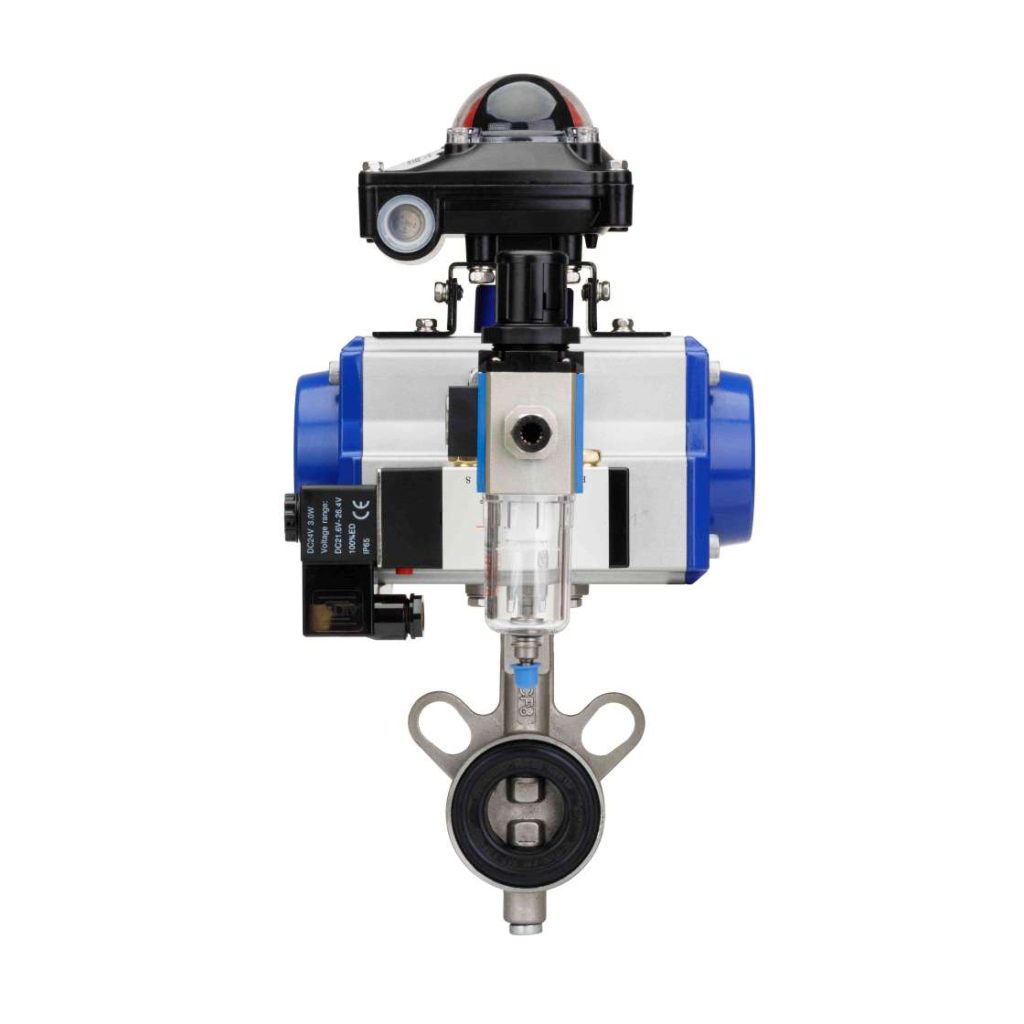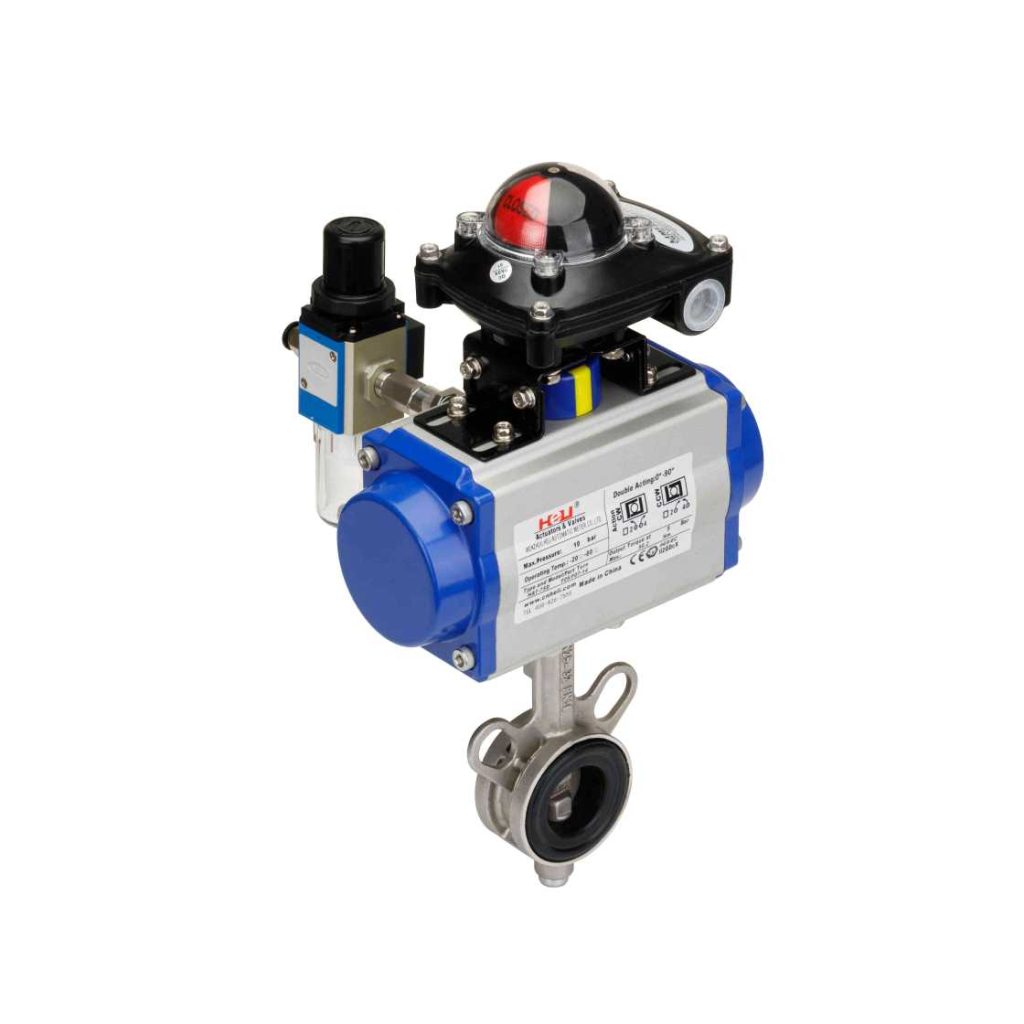The pneumatic butterfly valve is a widely used component in fluid control systems, providing efficient and reliable operation for various industries. These valves are typically used to regulate the flow of liquids and gases in pipelines, offering precise control over the flow rate, pressure, and direction of the medium. Pneumatic butterfly valves are particularly valued for their compact design, fast response times, and ease of maintenance. In this article, we will explore the working principles, advantages, applications, and considerations of using pneumatic butterfly valves in different systems.

What is a Pneumatic Butterfly Valve?

A pneumatic butterfly valve is a type of quarter-turn valve that utilizes compressed air as the actuator to control the opening and closing of the valve. The primary function of the butterfly valve is to regulate or isolate the flow of fluid in a pipeline by rotating a disc or vane, which acts as the valve’s closure mechanism. Pneumatic actuators are typically used to operate these valves, allowing for remote or automated operation. The design of the butterfly valve consists of a circular disc mounted on a shaft. When the actuator applies pressure, the disc rotates to a position that either opens or closes the flow path. The valve’s name derives from the disc’s resemblance to a butterfly’s wings, as it pivots in the center of the valve body, adjusting the flow of fluid with minimal resistance.
